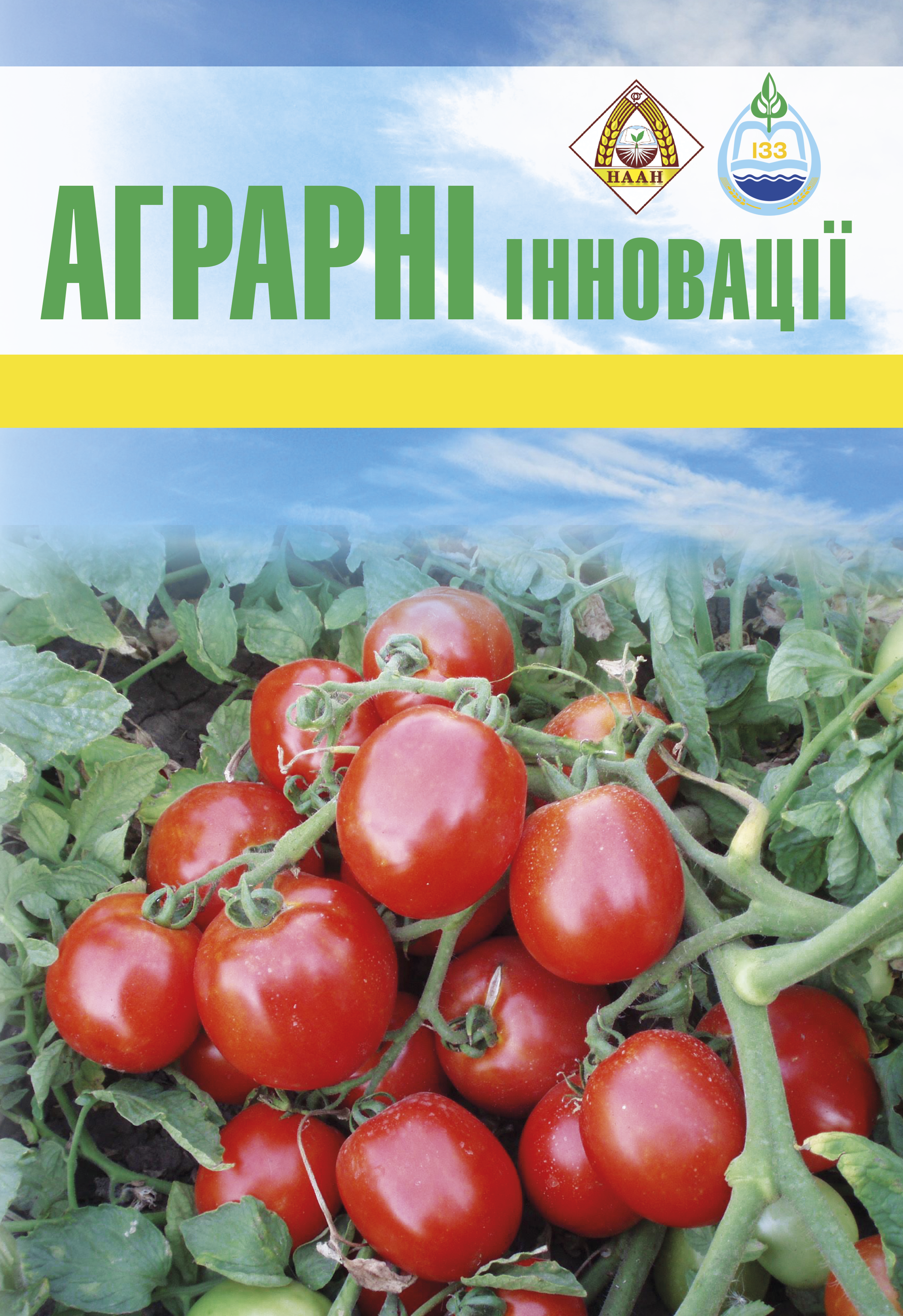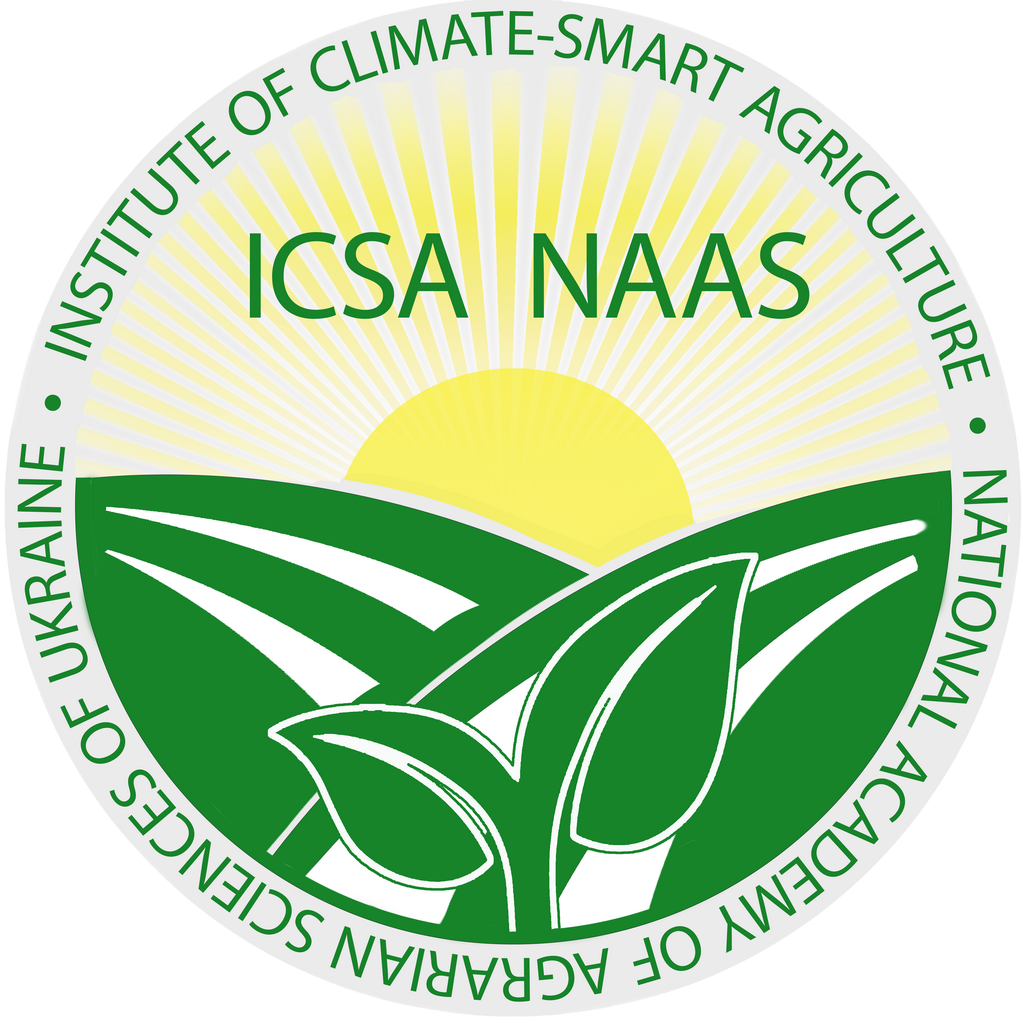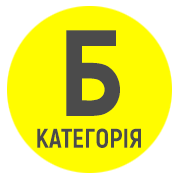Peculiarities of soybean productivity formation under the influence of micronutrients and growth regulators
Abstract
The aim of the study was to identify soybean varieties most adapted to the regional conditions and to select the most effective combinations of micronutrients and growth regulators for their cultivation. Methods. Field research was conducted under the conditions of the unstable moisture zone of the Right-Bank Forest-Steppe of Ukraine. The study evaluated the effectiveness of cultivating the soybean varieties Aratta, Cordoba, and Feyeria, and examined the influence of technological factors: micronutrients (YaraVita Mono Molytrac at the budding stage (0.25 L/ha) and at both the budding (0.25 L/ha) and flowering stages (0.25 L/ha)); and growth regulators (Biosil and Radostym). Results. The highest yield for the Aratta variety was obtained with the combination of YaraVita Mono Molytrac at the budding stage and the Radostym growth regulator – 2.35 t/ha, and with the double application of YaraVita Mono Molytrac combined with Biosil or Radostym – 2.34 t/ha and 2.35 t/ha, respectively. The Cordoba variety showed yields of 2.40 t/ha, 2.41 t/ha, and 2.45 t/ha for the same combinations. The Feyeria variety also achieved its highest yields under these treatments – ranging from 2.49 to 2.53 t/ha. The best protein content in the Aratta variety was observed with the double application of YaraVita Mono Molytrac in combination with Biosil and Radostym – 38.5% and 39.6%, respectively. For the Cordoba variety, the highest protein levels were obtained with YaraVita Mono Molytrac + Radostym – 43.5%, and with the double application of YaraVita Mono Molytrac and either Biosil or Radostym – 43.3% and 44.3%. For the Feyeria variety, the double application of YaraVita Mono Molytrac with Biosil or Radostym resulted in protein content of 41.2% and 41.7%. Conclusions. Regarding seed oil content, the Aratta variety showed the best results with the double application of YaraVita Mono Molytrac combined with Biosil or Radostym – 21.3% and 22.0%. For Cordoba, the best results were with YaraVita Mono Molytrac + Radostym – 21.3%, and with the double application of YaraVita Mono Molytrac with Biosil or Radostym – 21.5% and 22.1%, respectively. The highest oil content in the Feyeria variety was recorded with the double application of YaraVita Mono Molytrac combined with Biosil – 22.3%.
References
2. Мойсієнко В. В., Дідора В. Г. Агроекономічне обґрунтування ролі сої в розв’язанні проблеми рослинного білка в Україні. Вісник Житомирського національного агроекологічного університету. 2010. Вип. 1. С. 153–166.
3. Мосьондз Н. П. Формування продуктивності сої за впливом агрономічних прийомів в умовах північної частини Лісостепу. Землеробство. 2014. Вип. 1–2. С. 74–78.
4. Патика М. В., Патика В. П. Актуальні проблеми біорізноманіття та кліматичних коливань. Вісник аграрної науки. 2014. № 6. С. 5–10.
5. Петриченко В. Ф., Бабич А. О., Іванюк С. В. Роль кліматичних факторів у формуванні селекційної політики в Лісостеповій зоні України. Селекція та насінництво. 2006. № 93. С. 60–67.
6. Петриченко В. Ф., Бабич А. О., Колісник С. І. Шляхи підвищення продуктивності сої в умовах Лісостепу України. Селекція та насінництво. 2005. № 90. С. 50–58.
7. Присяжнюк О. І., Григоренко С. В. Стан та перспективи виробництва сої в Україні. Науковий супровід виробництва сої: проблеми та перспективи. Благовіщенськ: ТОВ «ІПК «ОДЕОН», 2018. С. 264–271.
8. Присяжнюк О. І., Григоренко С. В., Половинчук О. Ю. Особливості реалізації біологічного потенціалу сортів сої залежно від технологічних методів вирощування в умовах Лісостепу України. Plant Varieties Studying and Protection. 2018. Т. 14, № 2. С. 215–223. doi:10.21498/2518-1017.14.2.2018.134773
9. Стрижак А. М. Дослідження реакції сої різних груп стиглості на посуху в умовах Центрального Лісостепу України. Селекція й генетика бобових: сучасні аспекти й перспективи: Матеріали міжнар. наук. конф. Одеса, 23–26 черв. 2014. С. 224–227.
10. Тараріко О. Г., Ільєнко Т. В. Прогнозування впливу погодних умов на урожайність зернових культур. Землеробство. 2015. Вип. 2. С. 66–72.
11. Заболотний О. Г. Проблеми підвищення ефективності виробництва та переробки сої. Вінниця: Книга-Вега, 2006. 168 с.






